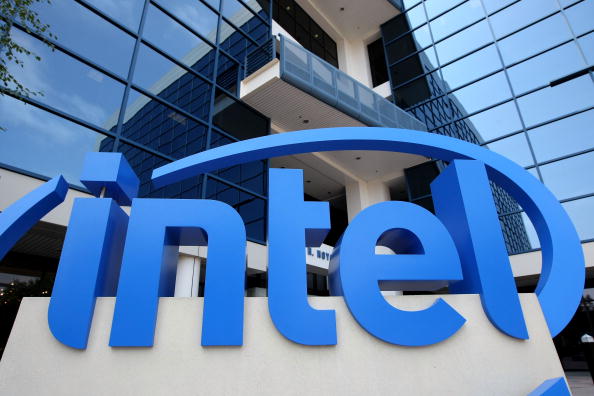According to many news sources, Intel plans to invest $20 billion in a new chip-making plant in Ohio as part of a campaign to enhance domestic semiconductor production as global supply chain disruptions and growing demand have resulted in a severe worldwide chip shortage.

The Covid-19 pandemic’s disruptions in the worldwide supply chain have had a significant influence on semiconductors in the last two years, as well as a dramatic increase in demand for digital products as more people work from home. Taiwan Semiconductor Manufacturing Company (TSMC), whose proximity to China has also generated some worries, manufactures the bulk of advanced computer chips used by Apple, AMD, and Qualcomm.
Last year, the Senate enacted legislation known as the CHIPs act, which would offer $52 billion in subsidies to the semiconductor industry with the bipartisan support, but it has yet to be passed by the House. Intel CEO Pat Gelsinger praised the federal package in a CNN op-ed in December, saying that while it may not address the present chip shortages, it will “be crucial in avoiding them in the future.”
Intel has invested more than $100 billion in spending over the last year in an effort to reclaim its dominance in the semiconductor market. Gelsinger, who became Intel’s CEO last year, has spearheaded these initiatives. Nvidia, the developer of graphics processors, surpassed Intel as the most valuable chip maker in the United States in 2020, and Samsung surpassed it as the largest chip maker by quarterly revenue last year. Due to numerous years of delays in its cutting-edge manufacturing process, Intel processors have lost their performance crown to rival AMD in both the desktop and mobile computing industries in the recent years.
At a White House event with Gelsinger on Friday, Biden will highlight Intel’s investment and make the case for congressional action once more.
In a separate release, Deputy Secretary of Commerce Don Graves said, “This initiative is a critical step in strengthening America’s domestic chip manufacturing capabilities.”
According to Gelsinger, without government assistance, “The Ohio site will still be launched. It just won’t happen as rapidly, and it won’t grow as large as quickly.”
Intel broke ground on two factories in Arizona in September as part of its turnaround plan to become a major maker of chips for outside clients. The $20 billion plants will raise Intel’s total number of factories on its campus in Chandler, Arizona, to six.











